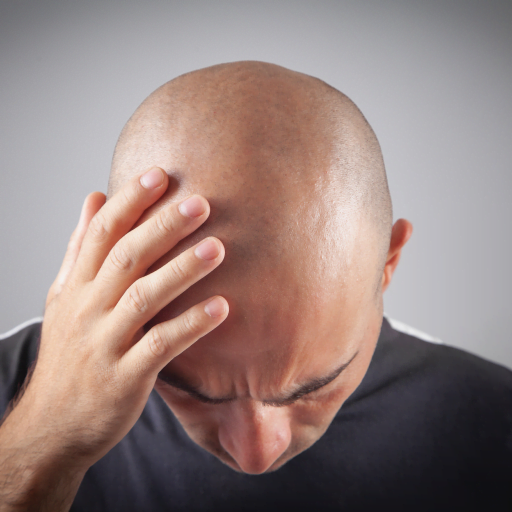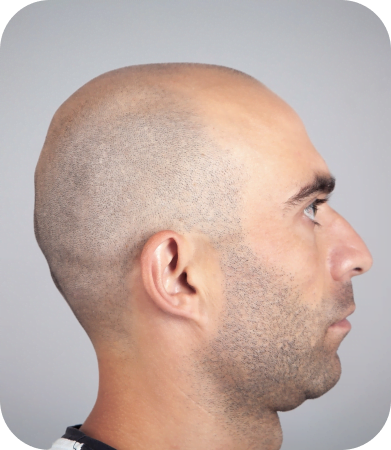Male Pattern Baldness
Conveniently located to serve the areas of Fort Worth, Dallas, Arlington, Euless, Bedford, Hurst, Denton, and North Texas.
Male Pattern Baldness
Male pattern baldness (otherwise known as androgenetic alopecia) is the most common type of hair loss in men. It is considered a natural part of the aging process for millions of men. However, premature or unexpected hair loss can sometimes indicate a more serious underlying condition that may require medical attention.
When you experience hair thinning, bald spots, or a receding hairline, it can be psychologically distressing and can result in loss of self-esteem that may cause depression, anxiety, and other emotional stress. It can be overwhelming when you don’t know the reason for losing your hair. However, there are effective hair restoration treatments available including hair transplants, laser and light therapies, oral medication, and topical creams.
Despite the adverse effects of losing one’s hair, you can take a positive approach by focusing on ways to feel more optimistic about the way you look.


